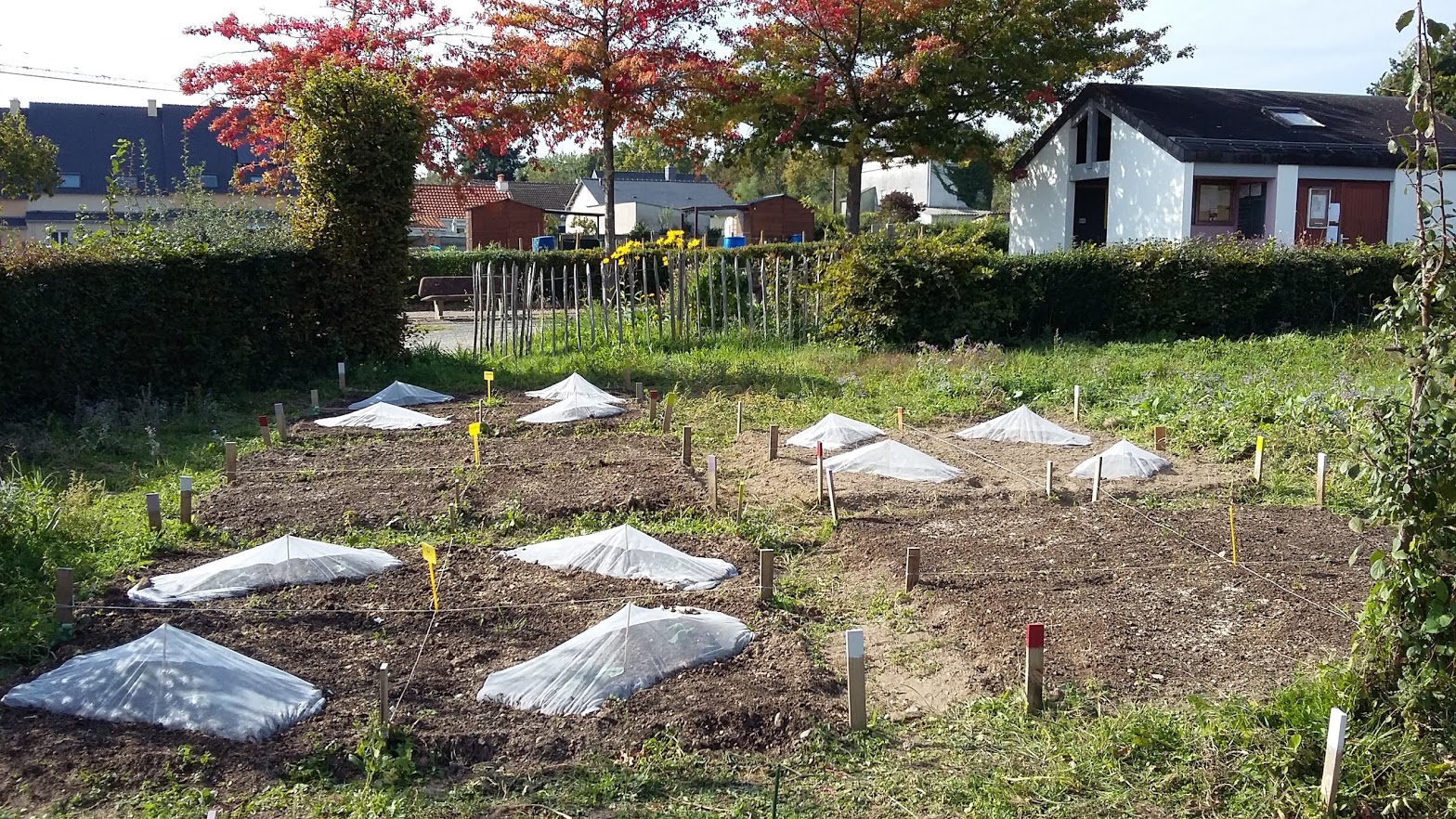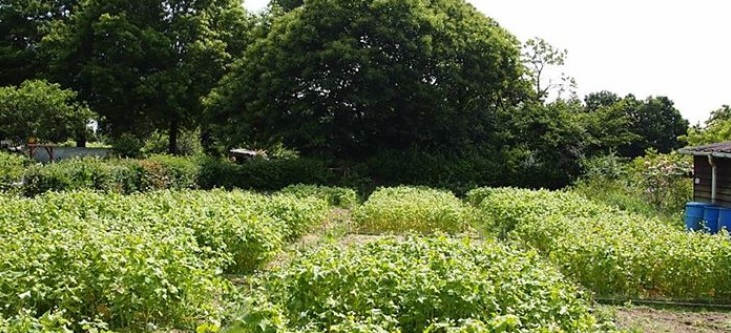Urban sites
Human activities are a source of spread of many contaminants, including trace metals (copper, lead, platinoids, etc.).
These contamination accumulate in the environment, in particular in the soils which then become not only receptacle but also source of pollution. Once in the soils, pollutants can migrate at different levels of the territory and expose living organisms to health risks.
In the urban context, sources of contamination abound: industrial activity, road traffic, domestic discharges...The pathways of pollutant transfers are also many: infiltration into the ground water, runoff towards water treatment networks and/or rivers, emission of particles into the atmosphere...
Those scattered pollutions are still not widely known, but they raise the question of the management of urban territories (maintaining the current use or changing it).
The Garden "les Eglantiers"
 The City of Nantes found out that several allotment gardens were abnormally contaminated with lead. This pollution raises the question of the management and the rehabilitation of the land.
The City of Nantes found out that several allotment gardens were abnormally contaminated with lead. This pollution raises the question of the management and the rehabilitation of the land.POLLUSOLS carries out experimentations in the Eglantiers Garden within the framework of the existing convention with the City of Nantes.
 Lead in the plants that clean up soils - Culture sciences
Lead in the plants that clean up soils - Culture sciencesThierry Lebeau (LGPN), in an interview by the magazine Culture Sciences, presents part of the research studies carried out at the Garden Les Eglantiers.
Article of Presse Océan of 2/02/2016: "Eglantiers, life after pollution"
Read interview (in French)
More press articles:
La Prairie de Mauves
 POLLUSOLS carries out observations, in partnership with Nantes Métropole, on the impact of the former landfill of the Prairie de Mauves on the ground and surface waters.
POLLUSOLS carries out observations, in partnership with Nantes Métropole, on the impact of the former landfill of the Prairie de Mauves on the ground and surface waters.Thesis and post-doctoral researches on urban sites
- Géochimie des platinoïdes en milieux urbains et côtiers
- Gestion de la contamination en plomb des sols de jardins familiaux : Développement d'un système innovant associant plantes accumulatrices (phytoextraction) bioaugmentée et culture de légumes non accumulateurs
- Constitution de référentiels géochimiques locaux pour les sols et proches sous-sols urbains : de la base de données à l'interprétation géostatistique
Specific projects
- Mise au point de la quantification de grands taxons bactériens par qPCR, pour un suivi dans le temps de la biodiversité bactérienne de sols pollués au Pb et traités par phyto-remédiation
- Traitement des hydrocarbures et du cuivre présents dans les eaux de ruissellement par un Marais Flottant
- Perception des risques de pollution du sol, attentes sociétales et gestion de sites pollués
- Evaluation d'un projet urbain en périphérie de la prairie de Mauves: perspectives d'appropriation et perception des risques
- Evaluation du transfert de contaminants organiques de l'ancienne décharge de la Prairie de Mauves vers la Loire
Courses
The researches led on both sites are studied in the courses provided by POLLUSOLS' partners in the framework of two Masters :


